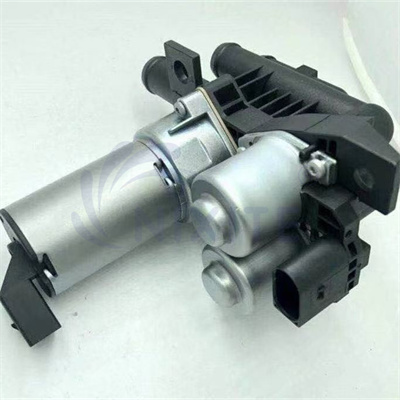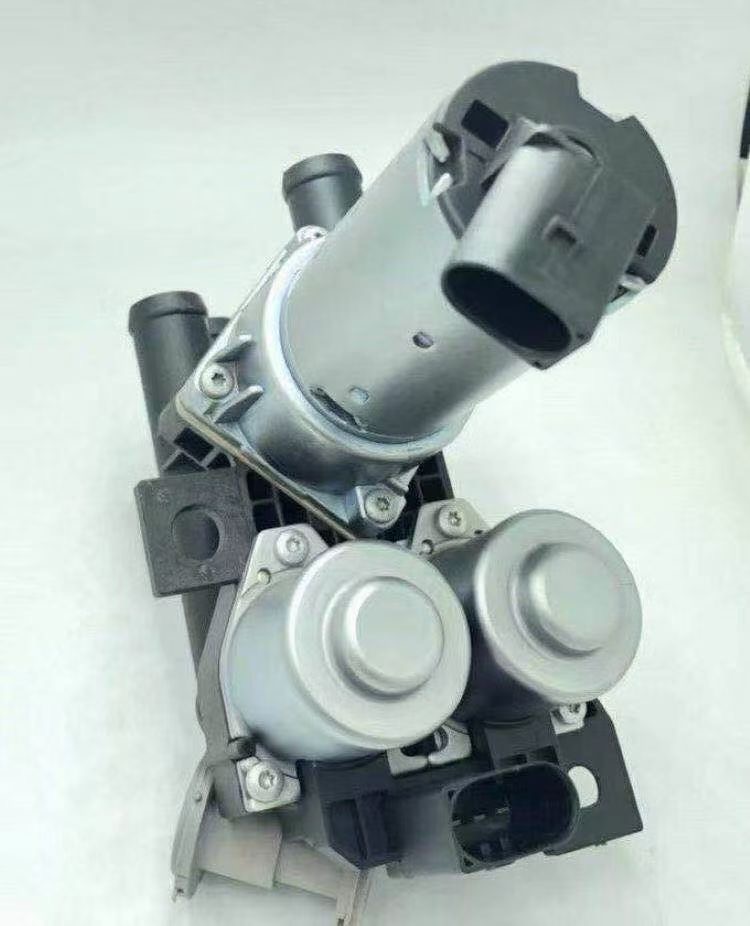The realization principle of electronic thermostat
- How does the thermostat in the engine cooling system control the direction of water flow?
- What is its realization principle?
- What types does it have?
- Can the coolant in the cooling system be directly filled with pure water?
Let’s answer these questions today.
What is Car electronic thermostat realization principle?
The element that controls the flow of coolant in the engine cooling system is called a thermostat. The thermostat is a temperature control valve that can automatically adjust the opening and closing of the valve according to the temperature of the coolant to control the flow of the coolant to achieve large circulation and Small cycle, popularly understood, the thermostat is a three-way valve, which can adjust the direction of water flow according to the water temperature. When the water temperature is low, the coolant flows downward to realize a small cycle. When the water temperature is high, the coolant flows upward. Realize the big cycle.

At present, most of the thermostats on the market are paraffin thermostats, which realize the opening and closing of valves through the thermal expansion and contraction characteristics of paraffin. Paraffin world thermostats are divided into two categories: mechanical and electronic. The realization principle is the same, the difference is that the trigger mechanism of the paraffin heating of the electronic thermostat is different, and we will use the animation to explain it in detail below. The substance contained is paraffin. When the temperature is low, the paraffin is solid. When the temperature is high, the paraffin melts and expands, and the paraffin wax of the piston melts. When it expands, it will push the piston upwards and move the push rod, which passes through the piston and connects to the upper base.
The main valve aftertaste spring base and the lower bracket bypass valve The spring bypass valve forms a whole and is sealed in the thermostat housing. Note that the base and the lower bracket are fixed and play a fixed role. They cannot move during work.
When the temperature rises, the paraffin wax begins to melt, and the expansion will push the piston to move upward under the action of expansion tension. Since the piston is pushed and fixed and cannot move, the thermostat will be forced to move downward under the action of reverse thrust. move.

What is the difference between the electronic paraffin thermostat?
In fact, it is very simple. The center of the electronic thermostat is also filled with paraffin, but a heating device is installed inside the paraffin. This heating device is controlled by the electronic control unit ecu. The sensor captures the signal, and when these signals reach the value set by the ecu, a heating command is sent to control the heating of the heating device, and the heating temperature can be precisely controlled, which is the realization principle of the electronic thermostat.
The electronic thermostat is more advanced than the mechanical thermostat. The main advantage is that the electronic control unit can conduct comprehensive analysis based on the induction data of various sensors of the engine to dynamically control the heating of the heating device, that is to say, the coolant has not yet reached the melting temperature of paraffin wax. At the same time, the electronic control unit can also control the melting of paraffin in advance. This control is determined by the comprehensive analysis of the engine based on the printing data of each sensor, while the mechanical thermostat cannot achieve this effect. It starts working after reaching a certain temperature.
The above is the realization principle of mechanical and electronic thermostats.
